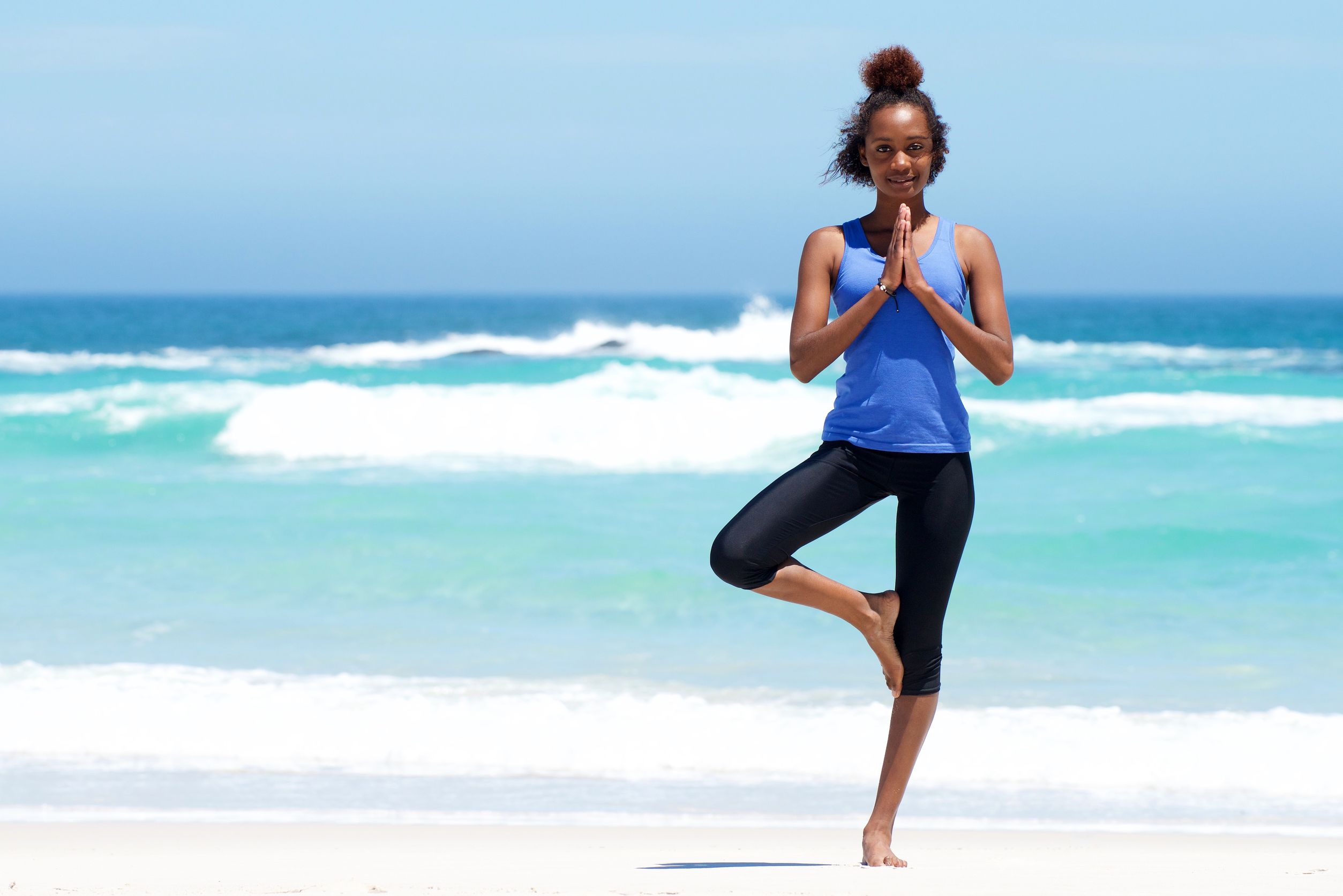In addition to strength, stamina, and flexibility, balance is an essential aspect of physical fitness. Balance is important for patients of all ages and should be a focus of your exercise regimen. Since many different types of exercises can improve your balance, you can improve your balance as part of a well-rounded fitness plan.
Understanding Balance
Balance is the capability of the body to keep its center of weight aligned over the base of support. Several bodily systems work together to maintain your balance, including the visual, vestibular, and somatosensory systems.
- Vision gives your eyes the ability to form a clear view of your surroundings, contributing to balance.
- The vestibular system involves nerve receptors in the inner ear, which directly impact your ability to balance.
- One of the somatosensory system functions is to deliver information about the position of the body to the brain. This enables the brain to respond with the right movement to maintain your balance.
The Importance of Balance
Maintaining balance during movement is critical for activities that you do every day, from walking to climbing and descending stairs. Falls are a significant health risk, especially among the elderly, and improving balance can help patients prevent falls that could lead to injury. Problems with balance can also lead to dizziness or lightheadedness.
Balance Exercises
Many balance exercises are simple and can be completed almost anywhere. This makes it simple to improve your balance amidst a busy schedule.
To strengthen your sense of balance, try:
- Standing on one foot at a time for prolonged periods, such as while you’re waiting for a train, standing in the kitchen, or watching TV
- Completing side leg raises by lifting one leg to the side, then bringing it down. Repeat the motion, then switch to the other leg
- Walking heel to toe, as though on a tight-rope
Improving your balance is a straightforward way to reduce your risk of injury and improve your overall wellness.

